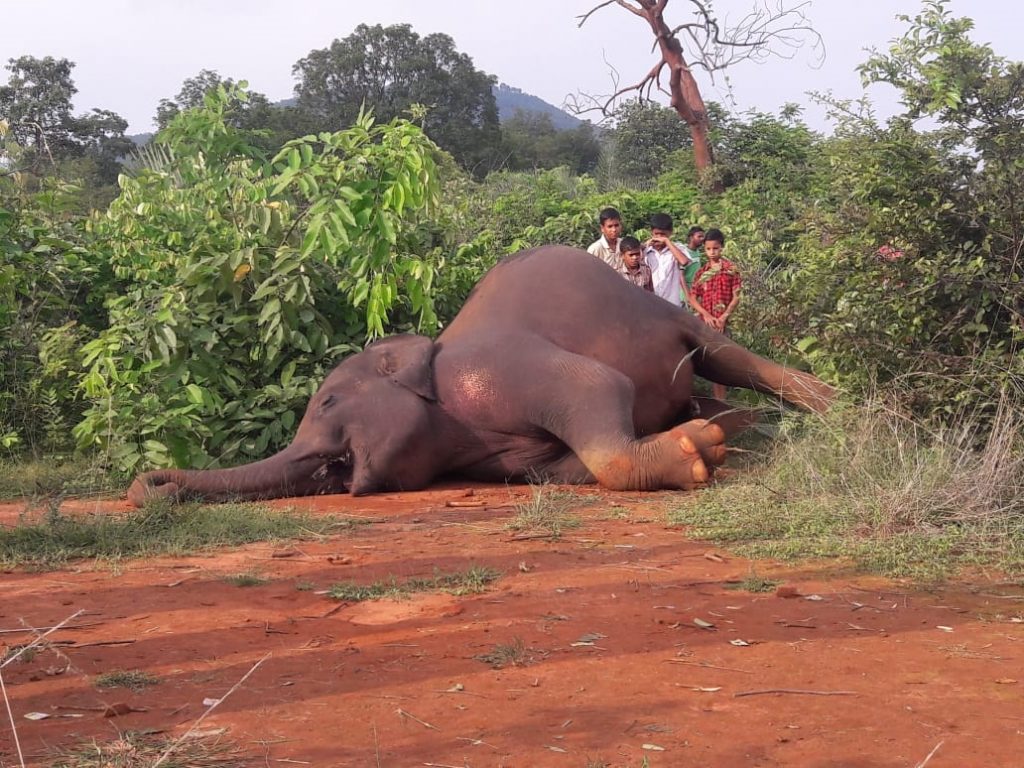Bhubaneswar: The loss of green cover in Odisha over the last few years is well documented in government records. Several forest lands have now been diverted for mining projects, felled for road expansion and other infrastructure development projects.
With the consistent loss of green cover, the cases of human-animal conflicts also seem to have grown.
According to the latest available data from the department of forest and environment, a total of 836 animals died in the state between 2015 and 2020 due to human-animal conflicts. These included 360 elephants alone.
While 102 people were killed in such conflicts in 2015, the numbers touched 126 in 2020. Wild boars, bears, deer, and other animals had been victims of such clashes in the state over the last few years, as per government records.
According to the written data submitted by Environment and Forest Minister Bikram Keshari Arukha in the last Budget Session of Odisha Assembly, a total of 1.85 crore trees were felled for expansion of roads alone since 2011.
Several mining projects have also led to loss of large green patches in the state.
According to the project documents of the Talabira I and II coal mines in Sambalpur district, the government had planned to fell more than 1.30 lakh trees while several of them have already been cut down despite opposition from the local community.
The government data also claimed that in the mining district of Keonjhar, 10,451 hectares of forest land have been diverted for 64 mining projects over the last 39 years.
Environmentalists and experts claim that the rise is cases of human-animal conflicts are a result of government intrusion into animal space.
“Several projects in the state come over proposed elephant corridors which have not yet been notified despite directions from courts and tribunals. As their paths have not been legally defined, it becomes easier for the government to use such lands for development projects and it paves the way for more conflicts. In case these are notified, they get the status of protected lands,” said Sankar Prasad Pani, lawyer with the National Green Tribunal.
Others have questioned the ways the government adopts to declare the causes of deaths of animals like elephants.
Biswajit Mohanty, an environmentalist who has been tracking elephant deaths in Odisha through his outfit, claims that several jumbo deaths in the state are often attributed to anthrax or other diseases.
“The process of declaration of the cause of jumbo deaths should be as tight as tiger deaths where independent experts and expert panels are roped in to maintain transparency otherwise the government could attribute several conflict deaths of elephants to other causes,” he said.
Deputy Conservator of Forests Sasmita Lenka said besides elephants many other animals like pangolins are victims of poaching and smuggling. Lenka however said that with some government interventions like seedballs and other ways, forest department in some areas like Athagarh Forest Range tried to minimise animals venturing into human habitations.
Former Principal Chief Conservator of Forests (Wildlife) HS Upadhyay told this reporter that another issue in the local environment leading to the disrupted food chain in the wildlife is the lack of predators which has resulted in an exponential rise in the population of species like wild boars.
Manish Kumar, OP

